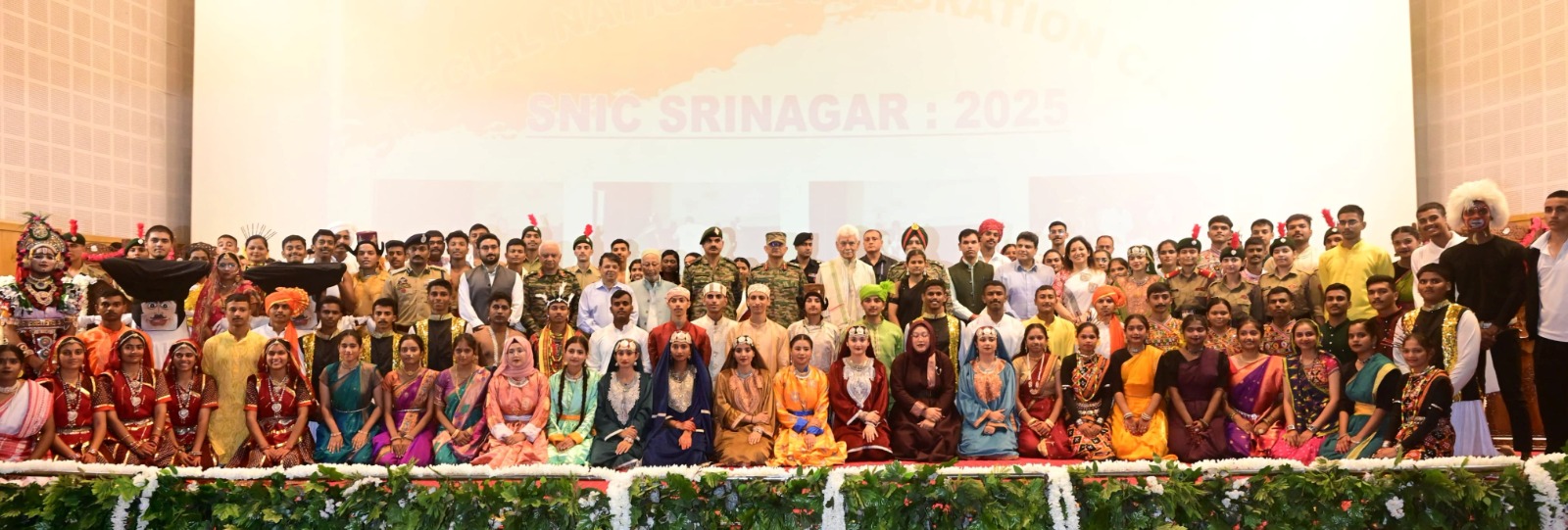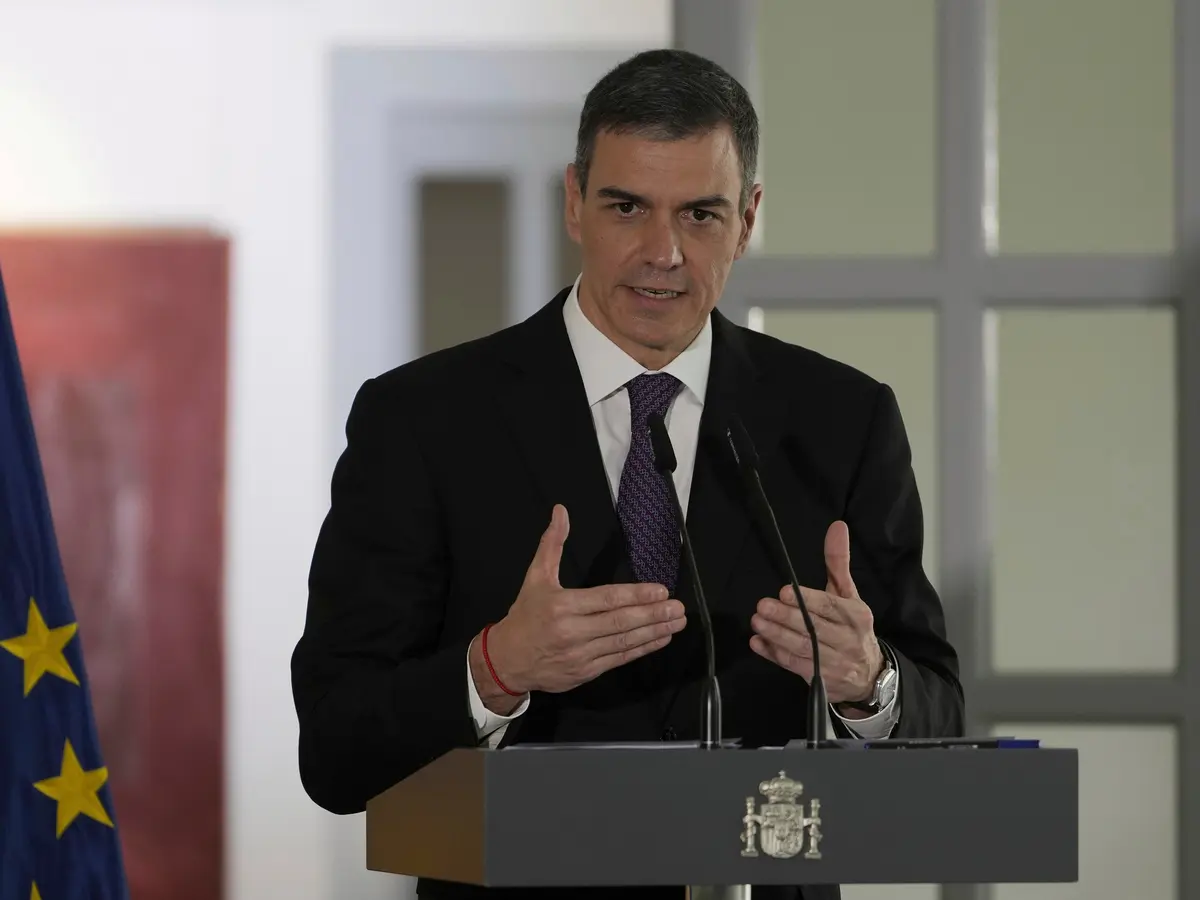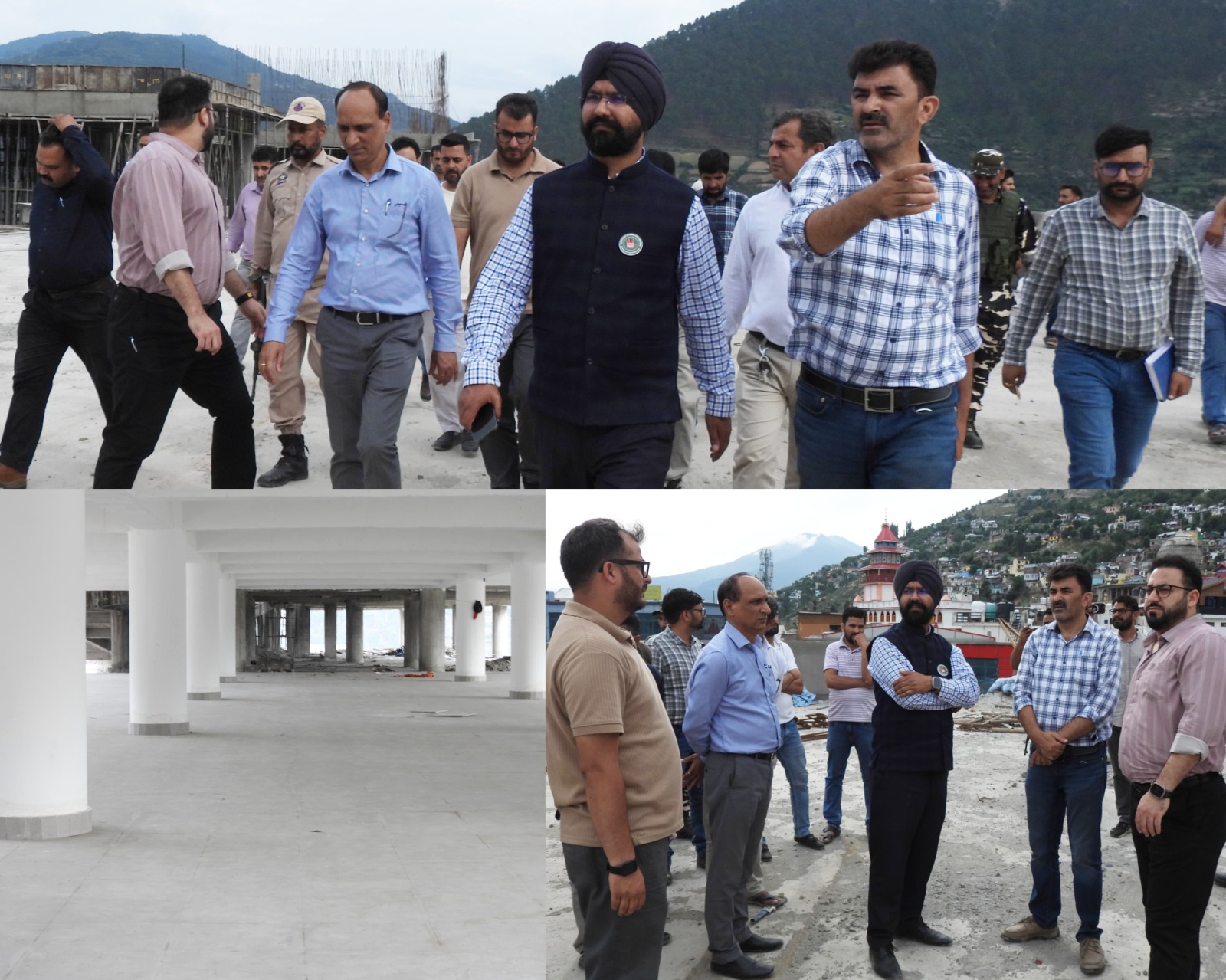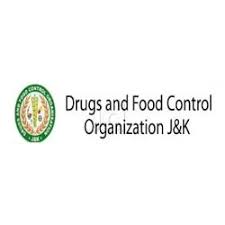MADRID, : Spain has rejected a NATO proposal to spend 5 per cent of gross domestic product on defence needs that’s due to be announced next week, calling it “unreasonable.”
Prime Minister Pedro Sánchez, in a letter sent on Thursday to NATO Secretary-General Mark Rutte, said that Spain “cannot commit to a specific spending target in terms of GDP” at next week’s NATO summit in The Hague, Netherlands.
Most US allies in NATO are on track to endorse US President Donald Trump’s demand that they invest 5 per cent of GDP on their defence and military needs. In early June, Sweden and the Netherlands said that they aim to meet the new target.
A NATO official on Thursday said that discussions between allies were ongoing about a new defence spending plan.
“For Spain, committing to a 5 per cent target would not only be unreasonable, but also counterproductive, as it would move Spain away from optimal spending and it would hinder the EU’s ongoing efforts to strengthen its security and defence ecosystem,” Sánchez wrote in the letter seen by The Associated Press.
Spain was the lowest spender in the 32-nation military alliance last year, directing less than 2 per cent of its GDP on defence expenditure.
Sánchez said in April that the government would raise defence spending by 10.5 billion euros (USD 12 billion) in 2025 to reach NATO’s previous target of 2per cent of GDP.
On Thursday, Sánchez called for “a more flexible formula” in relation to a new spending target — one that either made it optional or left Spain out of its application.
Sánchez wrote that the country is “fully committed to NATO,” but that meeting a 5 per cent target “would be incompatible with our welfare state and our world vision.” He said that doing so would require cutting public services and scaling back other spending, including toward the green transition.
Instead, Spain will need to spend 2.1 per cent of GDP to meet the Spanish military’s estimated defence needs, Sánchez said.
At home, corruption scandals that have ensnared Sánchez’s inner circle and family members have put the Spanish leader under increasing pressure to call an early election, even from some allies. In April, when Sánchez announced that Spain would reach NATO’s previous 2 per cent spending target, the move angered some coalition members further to the left of his Socialist Party.
NATO allies agreed to spend 2 per cent of GDP on military expenditure after Russia launched its full-scale invasion of Ukraine on Feb 24, 2022. But the alliance’s plans for defending Europe and North America against a Russian attack require investments of at least 3 per cent.
The aim now is to raise the bar to 3.5 per cent for core defence spending on tanks, warplanes, air defence, missiles and hiring extra troops. A further 1.5 per cent would be spent on things like roads, bridges, ports and airfields so armies can deploy more quickly, as well as preparing societies for possible attack.
Rutte had been due to table a new proposal on Friday aimed at satisfying Spain. European allies and Canada are keen to finalize the spending pledge before the summit, and not leave it open for any heated debate that might drag the meeting out.
Poland and the Baltic countries — Estonia, Latvia and Lithuania — have already publicly committed to 5 per cent, and Rutte has said that most allies were ready to endorse the goal.
But Spain isn’t alone among NATO’s low spenders. Belgium, Canada and Italy will also struggle to hike security spending by billions of dollars.
A big question still to be answered is what time frame countries will be given to reach an agreed-upon new spending goal.
A target date of 2032 was initially floated, but Rutte has said that Russia could be ready to launch an attack on NATO territory by 2030.




















